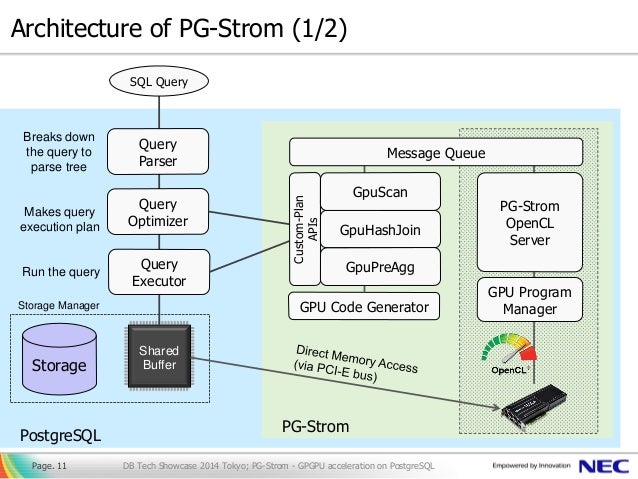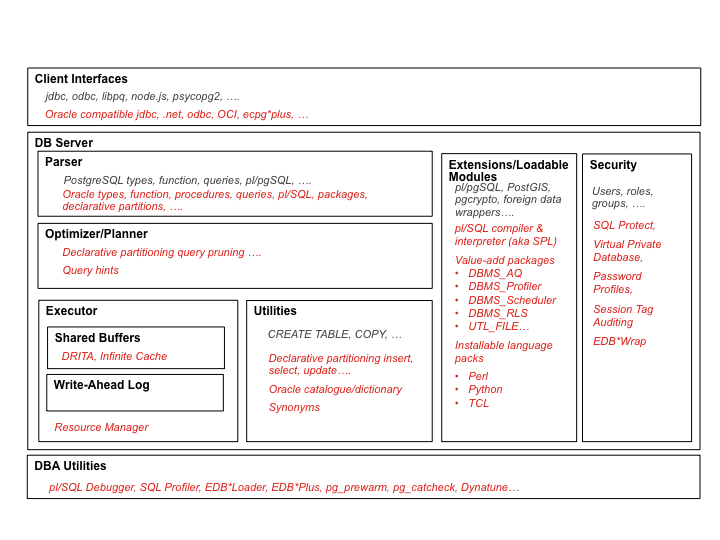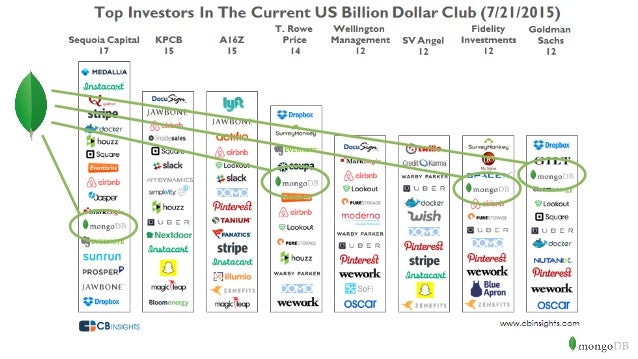Those users are separate from the users managed by the operating system on which the server runs. Users own database objects (for example, tables) and can assign privileges on those objects to other users to control who has access to which object. This chapter describes how to create and manage users and introduces the privilege system. To create a normal user and an associated database you need to type the following commands. AFAIK) you cannot deny users to a database.
How can you get the active users connected to a postgreSQL database via SQL? The new user or role must be selectively granted the required permissions for each database object. These two commands do not require the user to invoke psql nor understand details of using it. Michael already demonstrates how to get a list of those.
So, unless you restrict permissions for a particular databases explicitly with REVOKE and GRANT, all users in the cluster have basic access to any database in the cluster. The server admin user account can be used to create additional users and grant those users into the azure_pg_admin role. Privilege assignment, or removal, is an optional step, which works on one database at a time. This allows for the module to be called several times in the same module to modify the permissions on different databases, or to grant permissions to.
This page describes how to configure the default user account and create, delete, and update other user accounts for Cloud SQL instances. Go to the Cloud SQL Instances page. Click the instance to open its. PostgreSQL version is 8. This means that postgres is the super user and the user can create roles, create databases, can setup replication and bypass RLS. You can create groups where each group can contain multiple users.
Each group can be assigned roles and here they become. This can be very helpful when you have a run away command or script. It can also be helpful if your application has submitted a query to the backend that has caused everything to grind to a halt. One area I am confused about is how to set up databases and users.

I can currently create databases, but I am having difficulty in assigning mutiple users to those databases. For example, I have set up one database for a large project. A lot of work has been done for version 9. A role can be a member of another role, just as a user could belong to a group. The first method is by using a web based interface. Create a user with a web interface.
You can select your database from the command prompt itself at the time when you login to your database. In most cases, however, it is the powerful ALTER USER command that should be utilized to do everything from allowing users to login, create databases, manage roles, and even become a. These result tables are called result-sets. For decades, the relational database (RDBMS) served as the foundation for most applications. Connecting to the Database.

With JDBC, a database is represented by a URL. However, some time you need to provide the remote access to database server from home computer or from web server. Adblock detected #128561; My website is made possible by displaying online advertisements to my visitors. If you click on the Users button it takes us to the Users page where we can confirm only one user has been created.
Please select another system to include it in the comparison. In our case, we are provisioning a db server, in other cases, it would be db server, mail server, web server, so on and so forth. To manage all these different type of servers, it will become difficult to put the contents in a single file. Thanks for sharing this gist! About ptop: the link does not work anymore.

Anyway, both ptop and pgtop are available on the APT repository from apt.
Hiç yorum yok:
Yorum Gönder
Not: Yalnızca bu blogun üyesi yorum gönderebilir.